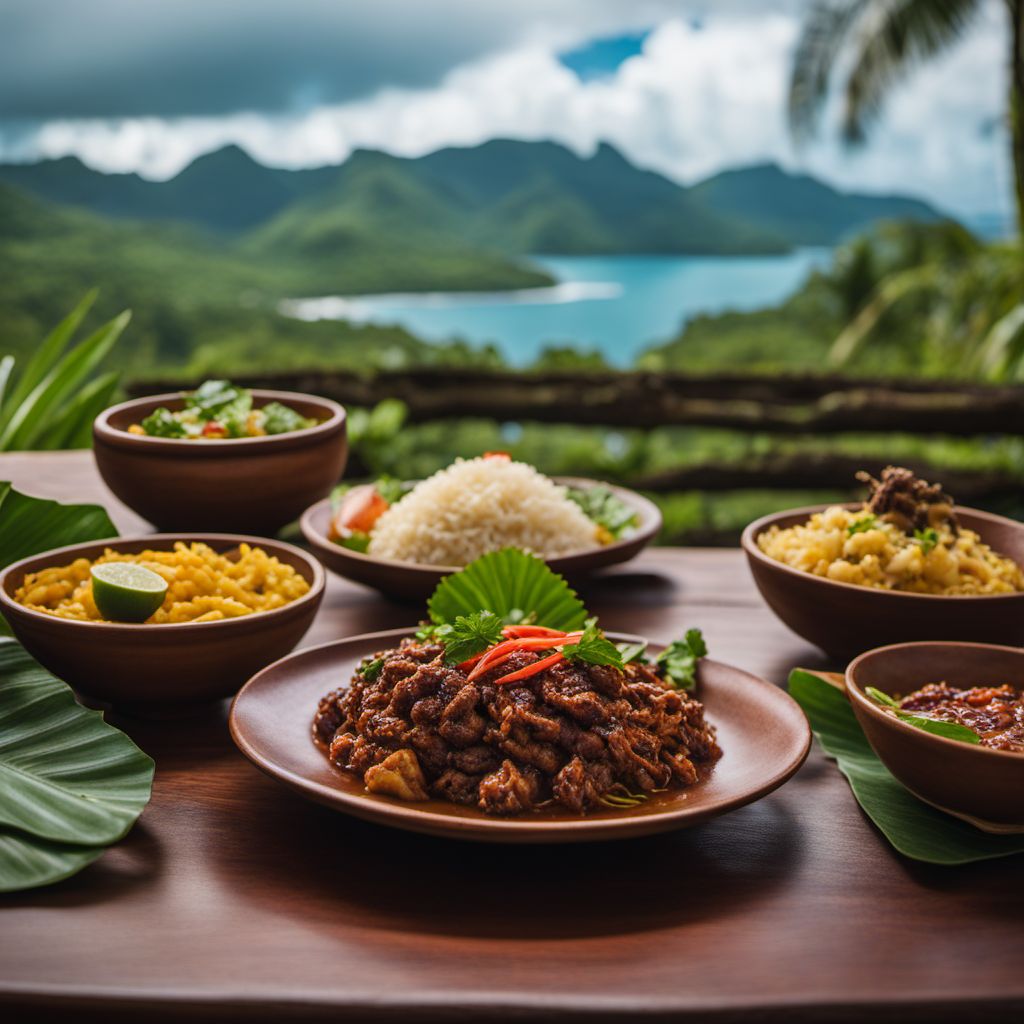
Cuisine
Papua New Guinean cuisine
Papua New Guinean cuisine is known for its use of fresh, locally sourced ingredients and its unique blend of flavors. The cuisine is heavily influenced by the country's geography, with a focus on fresh seafood, tropical fruits, and root vegetables. Traditional cooking techniques include grilling, smoking, and roasting, and the cuisine is often served with rice or taro. Modern influences have also made their way into the cuisine, with dishes like fried rice and stir-fried vegetables becoming popular in urban areas. Overall, Papua New Guinean cuisine is a delicious and unique blend of traditional and modern flavors.
Typical ingredients
Seafood (tuna, lobster, crab), Taro, Yams, Sweet potatoes, Coconut milk, Sago, Cassava, Pandanus fruit, Betel nut, Lime
Presentation and garnishing
Dishes are often served on banana leaves or woven baskets, and are garnished with fresh herbs and flowers.
Papua New Guinean cuisine is one of the most diverse in the world, with over 800 languages spoken in the country. This diversity is reflected in the cuisine, with each region having its own unique flavors and cooking styles.
More cuisines from this region...
History
Papua New Guinean cuisine has a long history, dating back thousands of years. The country's indigenous people have been practicing traditional cooking techniques for generations, using ingredients like taro, yams, and coconut milk. In more recent years, the cuisine has been influenced by European and Asian cooking styles, with dishes like fried rice and stir-fried vegetables becoming popular in urban areas. Despite these modern influences, traditional cooking techniques and ingredients remain an important part of Papua New Guinean cuisine.
Cultural significance
Food is an important part of Papua New Guinean culture, with traditional feasts and ceremonies often centered around food. Many traditional dishes are also believed to have medicinal properties, and are used to treat a variety of ailments.
Health benefits and considerations
Papua New Guinean cuisine is generally healthy, with a focus on fresh, locally sourced ingredients. However, some traditional dishes may be high in fat or sodium.
Papua New Guinean cuisine dishes
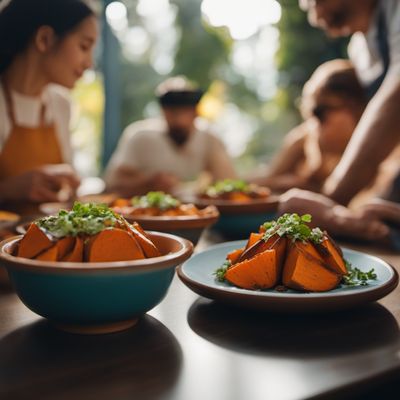
Kaukau
Baked Sweet Potatoes
Kaukau is a traditional dish from Papua New Guinea made with sweet potatoes and coconut milk. It is a staple food in the country and is often served at special occasions.

Bugandi Egg Drop Soup
Egg drop soup
Bugandi Egg Drop Soup is a traditional soup from Papua New Guinea. The soup is made with a chicken broth base and is thickened with eggs. It is typically served with rice or...
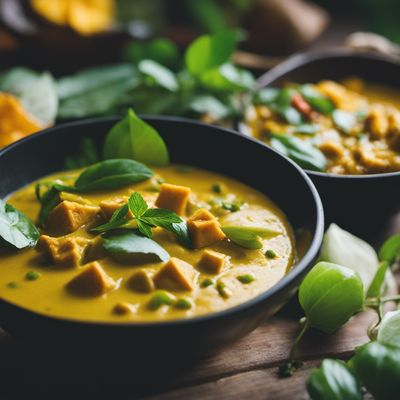
Green PawPaw Curry
Green Papaya Curry
Green PawPaw Curry is a delicious and healthy dish that is perfect for any occasion. This curry is made with fresh green pawpaw, which is a great source of vitamins and...

Koki Beans
Koki Beans is a traditional dish from Cameroon made with black-eyed peas and spices. It is a popular street food and can be served as a snack or a main course.
Papua New Guinean cuisine recipes Browse all »

Papua New Guinean-style Chicken Bocadillo
Savory Chicken Bites with a Papua New Guinean Twist
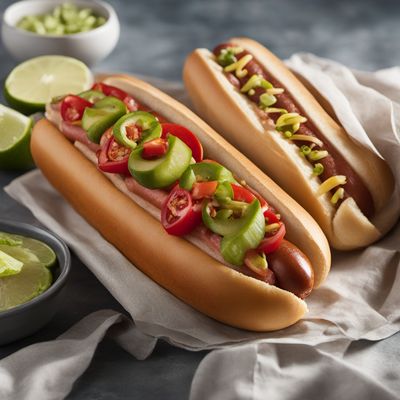
Carolina-Style Hot Dog with a Papua New Guinean Twist
Spicy Papuan Hot Dog Delight
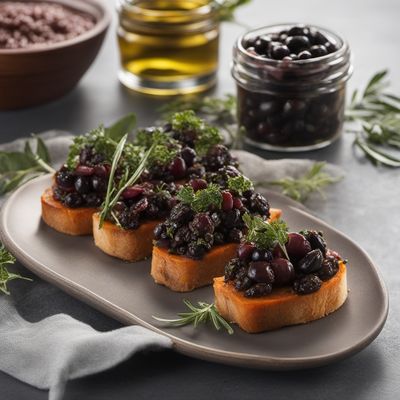
Papua New Guinean-inspired Tapenade Canapés
Savory Delights from the Highlands: Papua New Guinean Tapenade Canapés
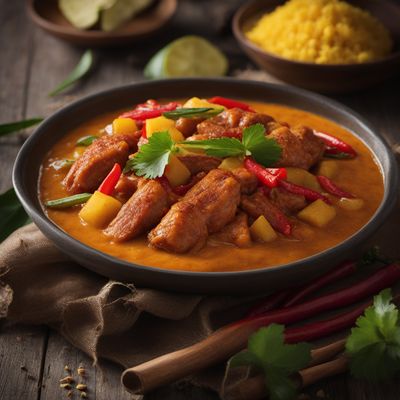
Papua New Guinean-style Sausau
Tropical Delight: Papua New Guinean Sausau with a Twist

Papua New Guinean-style Stuffed Lamb Feet
Savory Lamb Feet Delight: A Papua New Guinean Twist
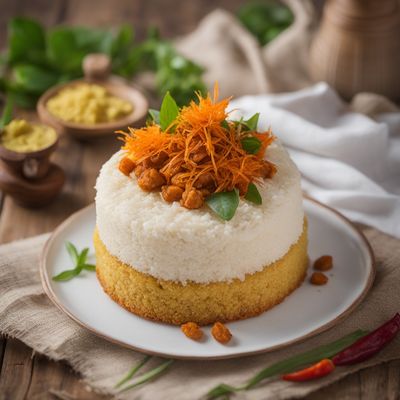
Papua New Guinean Rice Cake
Savory Delight: Papua New Guinean Rice Cake with a Twist
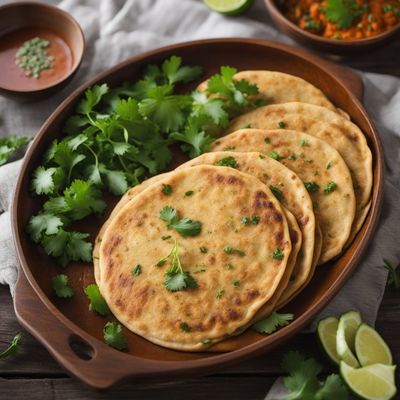
Papua New Guinean-style Egg Paratha
Savory Egg-stuffed Paratha with a Papua New Guinean Twist

Papua New Guinean Style Squid with Onion
Savory Squid Delight from Papua New Guinea
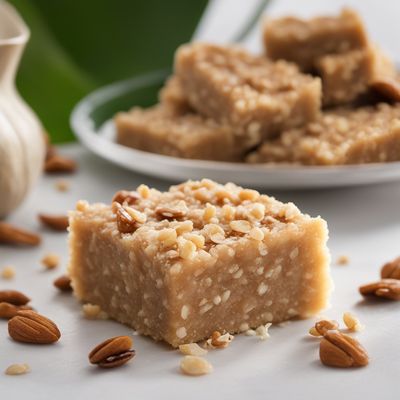
Papua New Guinean-inspired Nutty Coconut Turrón
Coconut Delight: A Tropical Twist on Turrón

Green PawPaw Curry
Tropical Delight Curry: Green PawPaw Extravaganza

Papua New Guinean Sweet Potato Curry
Tropical Delight: A Flavorful Papua New Guinean Sweet Potato Curry

Koki Beans with Coconut Milk
Creamy Delight: Koki Beans in Coconut Milk